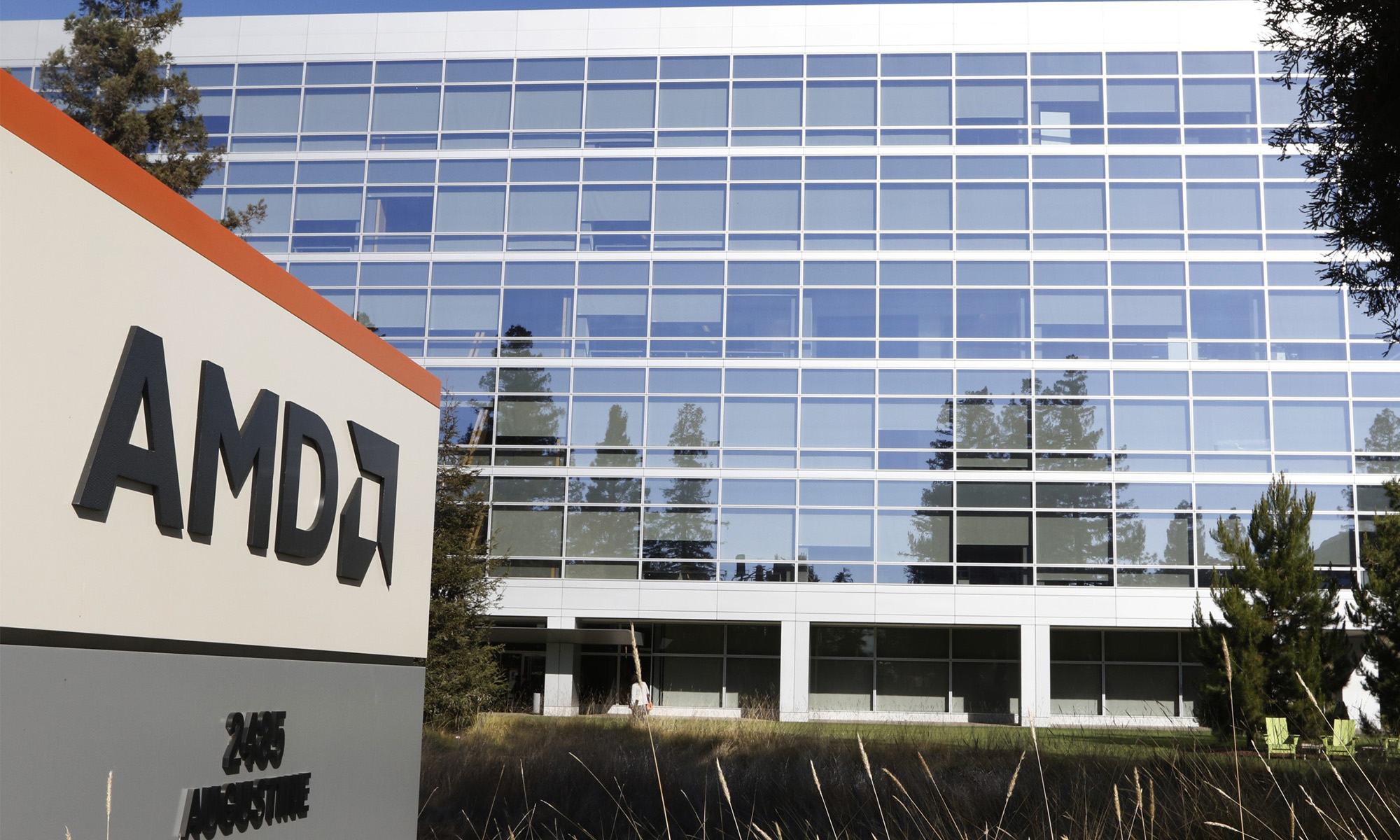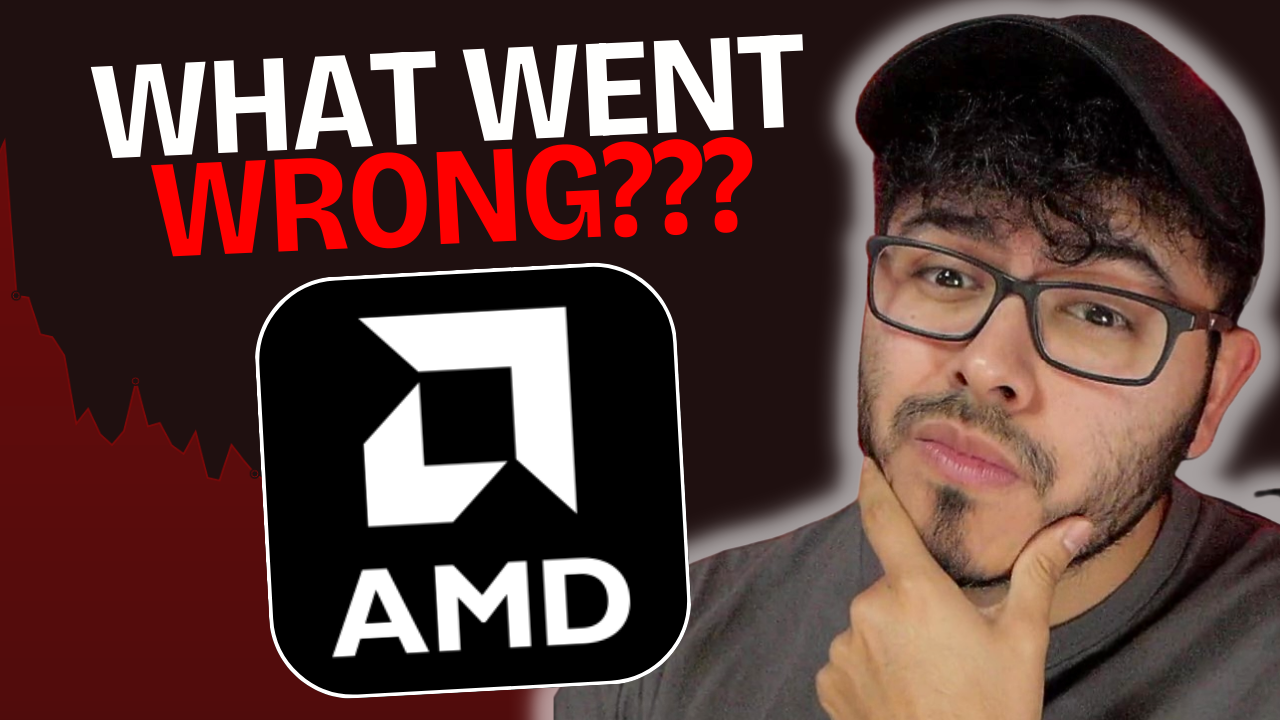Advanced Micro Devices (AMD 0.67%) will report its third-quarter results after the market closes today. Revenue and profit have been surging in recent quarters, driven by the company's new products. But AMD expects its growth rate to slow way down in the third quarter. Here's what investors need to know.
What happened last time
AMD's revenue grew at the fastest rate in years during the second quarter, and both revenue and earnings beat analyst expectations.
|
Metric |
Q2 2018 |
Change (YOY) |
Compared to Average Analyst Estimate |
|---|---|---|---|
|
Revenue |
$1.76 billion |
53% |
Beat by $40 million |
|
Non-GAAP earnings per share |
$0.14 |
Up from loss of $0.01 |
Beat by $0.01 |
Data source: AMD.
AMD's computing and graphics revenue soared 64% year over year in the second quarter, driven by graphics card and Ryzen PC CPU sales. Revenue in this segment did decline by 3% compared to the first quarter, though, due to weakening demand for graphics cards for cryptocurrency mining.
Enterprise, embedded, and semi-custom revenue shot up 37% year over year and 26% sequentially in the second quarter. Higher semi-custom revenue, which includes chips that go into the major game consoles, and the continued roll-out of AMD's EPYC server chips pushed up sales.

Image source: AMD.
What analysts are expecting
AMD's third-quarter guidance calls for $1.7 billion in revenue, plus or minus $50 million. The high end of that range represents about 7% year-over-year growth, and a slight decline from the second quarter. Both Ryzen and EPYC products are expected to do well, while GPU sales will be hurt by slowing cryptocurrency-related demand. The average analyst estimate is right in line with that guidance:
|
Metric |
Average Analyst Estimate |
Change (YOY) |
|---|---|---|
|
Revenue |
$1.7 billion |
3.7% |
|
Non-GAAP earnings per share |
$0.13 |
30% |
Data source: Yahoo! Finance.
AMD has been subject to a wide variety of analyst commentary over the past month:
- Northland Capital downgraded the stock in late September to market perform and dropped its price target to $26. Analyst Gus Richard is still optimistic about the company's prospects, but he said that the stock price "reflects irrational expectations."
- New Street Research initiated AMD with a sell rating and an $18 price target on Oct. 19, citing reports that competitor Intel's move to a 10-nanometer manufacturing process would happen quicker than expected.
- Both UBS and BMO boosted their price targets on AMD on Oct. 22 while maintaining the equivalent of hold ratings.
Graphics trouble
The third quarter is typically a seasonally strong quarter for AMD due to the holiday buildup of game console inventory. In the third quarter of 2017, the enterprise, embedded, and semi-custom segment enjoyed 46% revenue growth compared to the second quarter. Sales were down slightly on a year-over-year basis.
This seasonality will be absent this year. AMD expects a sequential decline in semi-custom revenue in the third quarter due to stronger-than-expected sales during the second quarter. We're toward the tail end of this generation of game consoles -- the PlayStation 4 launched nearly five years ago -- so that revenue source for AMD is starting to dry up.
The computing and graphics segment should grow on a year-over-year basis, and perhaps on a sequential basis as well. But that growth won't be anything to write home about, given AMD's guidance. AMD is gaining some market share with Ryzen in the PC CPU market, especially after its second-generation products brought meaningful performance improvements. The source of weakness, then, will likely be the company's graphics business.
AMD enjoyed a boost in graphics card sales from cryptocurrency miners when the bubble in bitcoin and other digital nonsense was raging. With that bubble deflated, that source of demand is now mostly gone. AMD's graphics cards will now need to compete with NVIDIA based on their gaming prowess, a battle that the company's current lineup of lackluster graphics products won't win.
With the graphics business facing a major headwind, the game console business in slow decline until the next console generation, and all of AMD's newer products lapping their launches, the company's rapid-fire growth is probably over. Analysts see just 10.6% revenue growth in 2019.
With the stock trading for 50 times non-GAAP earnings estimates for this year, "irrational expectations" may be right on the money.






